The content of the article
Florists prefer pseudorantemum because the plant has very unusual foliage, and any room can be beautifully decorated. This tropical plant belongs to the Aktanov family and is an erect shrub crop.
Leaves, not exceeding 15 cm in length, in pseudorantemum, depending on the species, I can have the most unexpected shape:
- in the form of an ellipse;
- narrow-lanceolate;
- obovate.
Upon examination, it turns out that dark green leaves, on which violet or purple blots are visible, appear to be covered with wax, and the surface of the plate is wrinkled, with tubercles.
Inflorescences are very tender on the plant. Usually they are apical, with pale pink, white or purple petals.
Those who are not familiar with the characteristics of the plant will be surprised at its unusual behavior. A pseudorantemum forms a special “box” in which seeds ripen. When the time comes, she opens up too stingy, and shoots the seeds. For a plant, this is a very effective way to continue your genus. At home, the plant is carefully looked after, adhering to some rules.
Illumination and the right place
The plant loves bright light, but prefers to take it in a diffused form. Usually they give him a place on the western or eastern side, but if there is no way out and you have to keep a pseudorantemum on the window of the southern part, you need to create a blackout in this place during the day. The state of the leaves depends on the ingress of sunlight:
- Too strong sun baths cause leaf burns, they become intensely red, and the plant stops its development.
- With a lack of ultraviolet rays, the original spots on the plant disappear.
In winter, bright lighting is also required, therefore it is recommended to create it additionally using fluorescent lamps.
Fact! The plant has a forced rest time, which lasts from about October to March.
The plant is very demanding on temperature conditions, it wants to be constantly warm, and it is very painful for drops and drafts: then the lower leaves begin to fall off. Therefore, in summer, flower growers make sure that the temperature in the room is 22 - 25 degrees, and in winter - does not fall below the 20-degree mark.
There is another requirement for the room, which contains the pseudorantemum. There should be high humidity. In this case, you still have to spray the flower, regardless of the time of year, and this procedure is most important during a period of rapid growth and during extreme heat.
It is also necessary to provide the plant with moisture in the winter, when artificial heating dries the air. To provide the plant with moisture this season, you need:
- periodically wipe the leaves with a damp cloth;
- put moistened moss or pebbles in the pallet.
The tropical nature of the plant is manifested in the fact that it is very fond of moisture. So, it always awaits abundant watering after the topsoil dries. And this happens quite quickly, since the liquid evaporates intensively through the leaves. It is impossible to overdry the soil, since the plant will begin to hurt, wither, and discard leaves. But too much water will rot the root system.
To maintain the plant, fertilizers and top dressing are needed!
It will take pseudorantemum fertilizers in spring and summer. In cold weather, the plant does well without them. It is better to purchase those in which the content of potassium is increased.It is with his help that the leaves will have a beautiful color. The selected substrate may be not only neutral, it is permissible that it be slightly acidic.
When the soil is loose and nutritious, moisture and air flow well through it, the plant will be healthy.
How to transplant a pseudorantemum?
Only young plants require transplantation. For adults, this procedure will be needed only in the most necessary cases. Florists consider the best mixture for the plant to be the one that contains the following ingredients:
- peat - 1 part;
- sand - 1 part;
- perlite - 1 part;
- sheet land - 2 parts.
Perlite is used so that the plant has a moisture regulator, the soil structure improves, so that it does not condense, and there is moisture and air exchange. This substance can extract excess water from the soil, and when it is lacking, return it. At the bottom of the pot must be quality drainage.
Fertilizers will be needed for the plant universal organic in small concentrations. They are best applied during the period of active vegetation during irrigation. The desired frequency is once a month and a half.
The pseudorantemum is characterized by rapid growth, because during the transplant you need to pick up a pot that will be several times larger than the previous one. A tight container will cause a response: the plant will begin to rebel, dropping leaves. The root system also grows rapidly, therefore, during transplantation, the roots should be shortened.
Proper pruning
When the pseudorantemum grows, its lower leaves fall off and the trunks do not look very beautiful, which is why in order for the plant to look neat and tidy, it needs regular pinching, as well as pruning of branches - these methods need to achieve greater branching. It is recommended to press the side shoots to the ground with a cord, tying the cord around the pot to get a beautiful shape. Because growth in the side shoots occurs only at the top.
Breeding
Reproduction occurs in the spring with the help of grassy cuttings due to the fact that at home, the pseudorantemum almost does not bloom. They can be rooted:
- In the substrate (its temperature should be from +25 degrees, 70% humidity) - the cuttings are covered with glass and it is not removed until the cuttings are rooted. For rooting, Epin's solution is used.
- In water (temperature from +25 to +29 degrees).
After a month, the young plants will get stronger and will be ready for transplanting into ordinary pots. Caring for them is ordinary.
Diseases and Pests
Diseases, their causes and the fight against them:
- Root rot (excessive watering) - the plant is taken from the pot, dried for a couple of days and shaken off the ground, so that it is convenient to trim the affected areas, after which the plant is planted back into the ground.
- Spider mites (dry air) - the affected leaves come off, the plant is completely washed under water. The pot and pan are washed in hot water. After the plant has been planted back, together with the pot it is covered with a bag so that there is no access to air for 2-3 days.
- Powdery mealybug (they leave honey dew on the plant, on which mold then sticks), scale insects, whiteflies (poor-quality care is the most common cause of many diseases in plants). Pots are washed with a special disinfectant. The roots of the plant are washed, placed in a solution of any insecticide. The plant is replanted in fresh, fresh, moist soil.
Difficulties from improper cultivation can be the following:
- Falling leaves and their yellowing can be caused by both excessive watering and low humidity, due to which the roots dry out. Or the reason may be a lack of moisture in the air.
- Brown spots on the leaves and dry ends of the leaves - from an excess of natural light or from dry air.

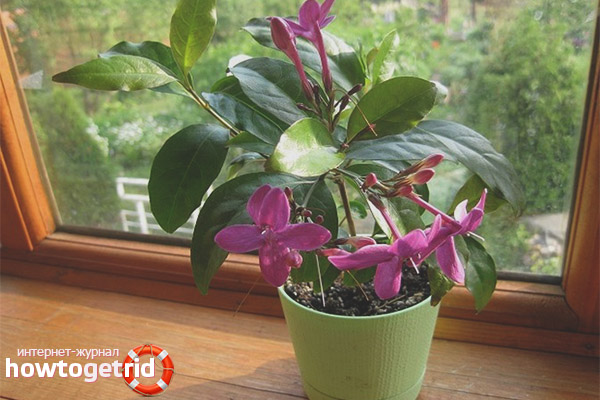
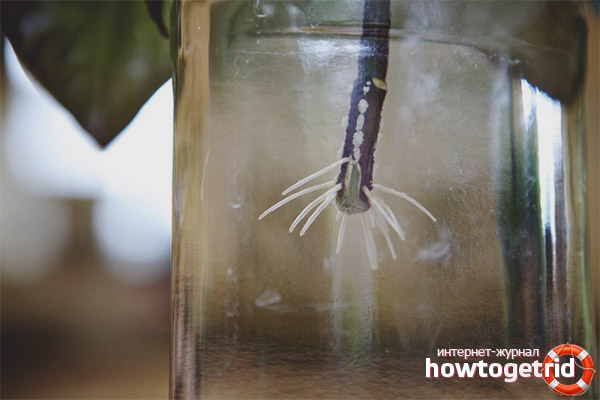
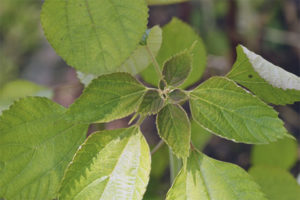

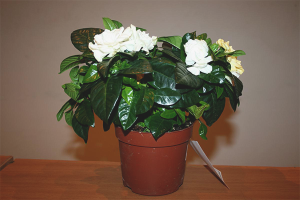
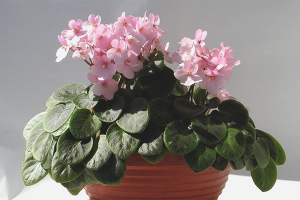



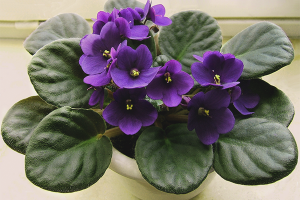
Submit